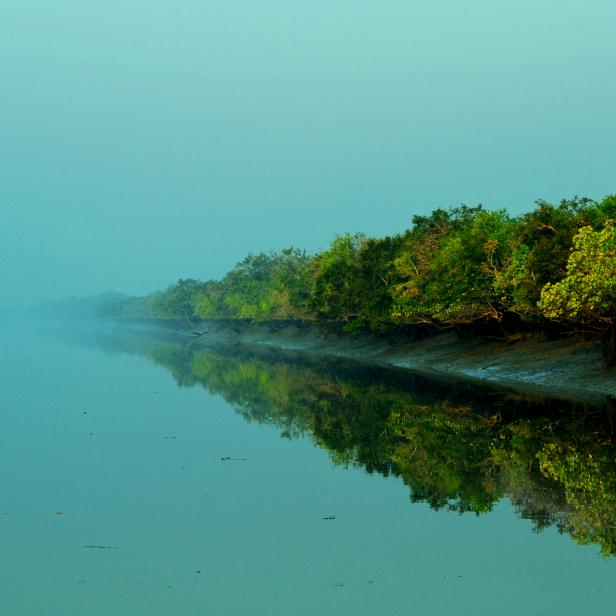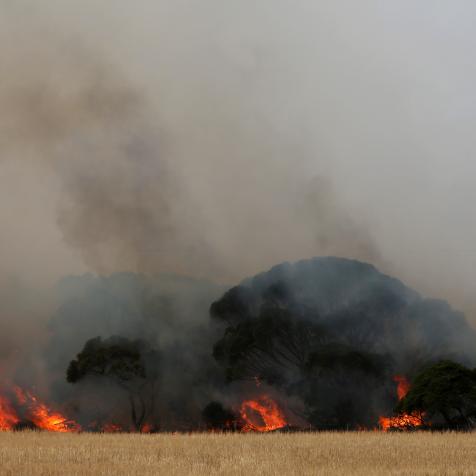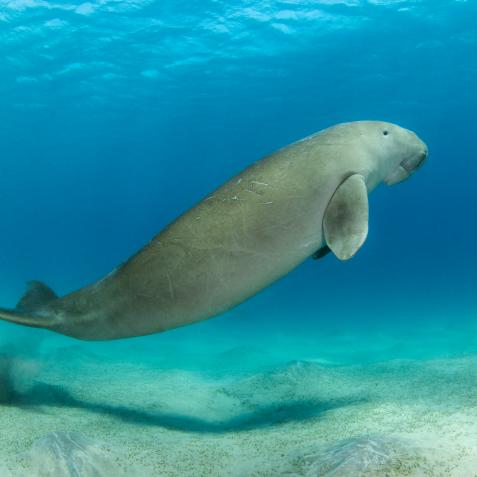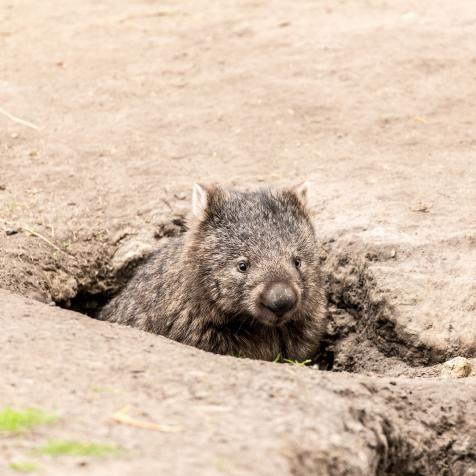
GettyImages/Anindya Sankar Dey
How the World’s Largest Delta Might Slowly Go Under Water
The uneven rise of the sea impacts communities in South Asia
There are few places on earth that feel the brunt of a changing climate the way the people of the Sundarbans do. The region is home to about 7.2 million people - including around 2.7 million in Bangladesh and the rest in India - many living on some of the most densely populated river islands on earth.
The delta is famous for being the world’s largest one, where the holy Ganges meets the roaring Brahmaputra and together they create huge, lush mangrove forests, broken into countless islands, before their fresh water meets the sea. Diverse species abound, aerial roots reach up to a few feet towards the sky and - hold your breath - it is also home to around 200 Royal Bengal tigers.
But cyclones are getting stronger, and the sea is closing in all sides on several of its islands. As the groundwater mixes with brine, the once-abundant paddy fields are becoming less fertile. Fish numbers (fish are the staple food across communities here) are in sharp decline as a direct result of overfishing, pollution, and a barrage upriver that is preventing several species from spawning. And tigers are venturing out too as land and resources shrink. Kaushalya Mandal who lives on the eastern fringe of the Sundarbans in a village called Pakhiralay said, “I’m always thinking about birds! The name of the village ‘Pakhiralay’ means a place for birds, and when I was younger, there was so much bird song we couldn’t hear ourselves talk. They were everywhere, in so many colors, but now I barely hear them call. We get no birds, our trees are disappearing, and we live in the most fertile part of the world but our rivers have no fish. And the sea as we knew it, even 20 years ago, is a different sea today.”

GettyImages/Md. Akhlas Uddin
‘Sea level rise’ is often thought to mean an increase in the volume of water, and a slow and even rise along coasts everywhere. But in truth, some places see a much more significant increase than others. This depends on factors including land subsidence, currents, tides, and storms. In the Sagar block of the Sundarbans, the sea has risen at a rate 250% higher than the global rate of 3.23 mm per year, according to the school of oceanographic studies of Jadavpur University in Kolkata.
A few islands have already disappeared and 10 others in the area have been described as being at risk. One of the most significant examples of the harshness of life here today is Ghoramara island, which is 1.8 square miles in size - half of what it was two decades ago as the sea is slowly taking over. Five decades ago, the island was home to around 40,000 people, but the 2011 census declared that the number had decreased to merely 5,193. Some attribute the change to the anger of the gods, some to fate, and others have no idea why the end is near for their island. The families that are still here are mainly those that can’t afford to leave. Prasad Mandal, who lives on the mainland but has family on the island said, “This entire area is plagued with problems as the sea and land change, but the biggest challenge is poverty. Adults go hungry while they feed their children the few crabs they manage to catch, and children are often born with defects. They can’t be educated, they struggle to eat - what is a poor person to do in such a situation?”
The Environmental Justice Foundations says that by 2050, “One in every seven people in Bangladesh will be displaced by climate change. Up to 18 million people may have to move because of sea level rise alone.” Mr Mandal adds, “Important people talk about climate change on TV and universities and make decisions based on what they know - but they have not seen the reality and poverty of this place, which was once the most beautiful place in the world. We do not have answers, but we hope they do so they can stop us from drowning.”


















